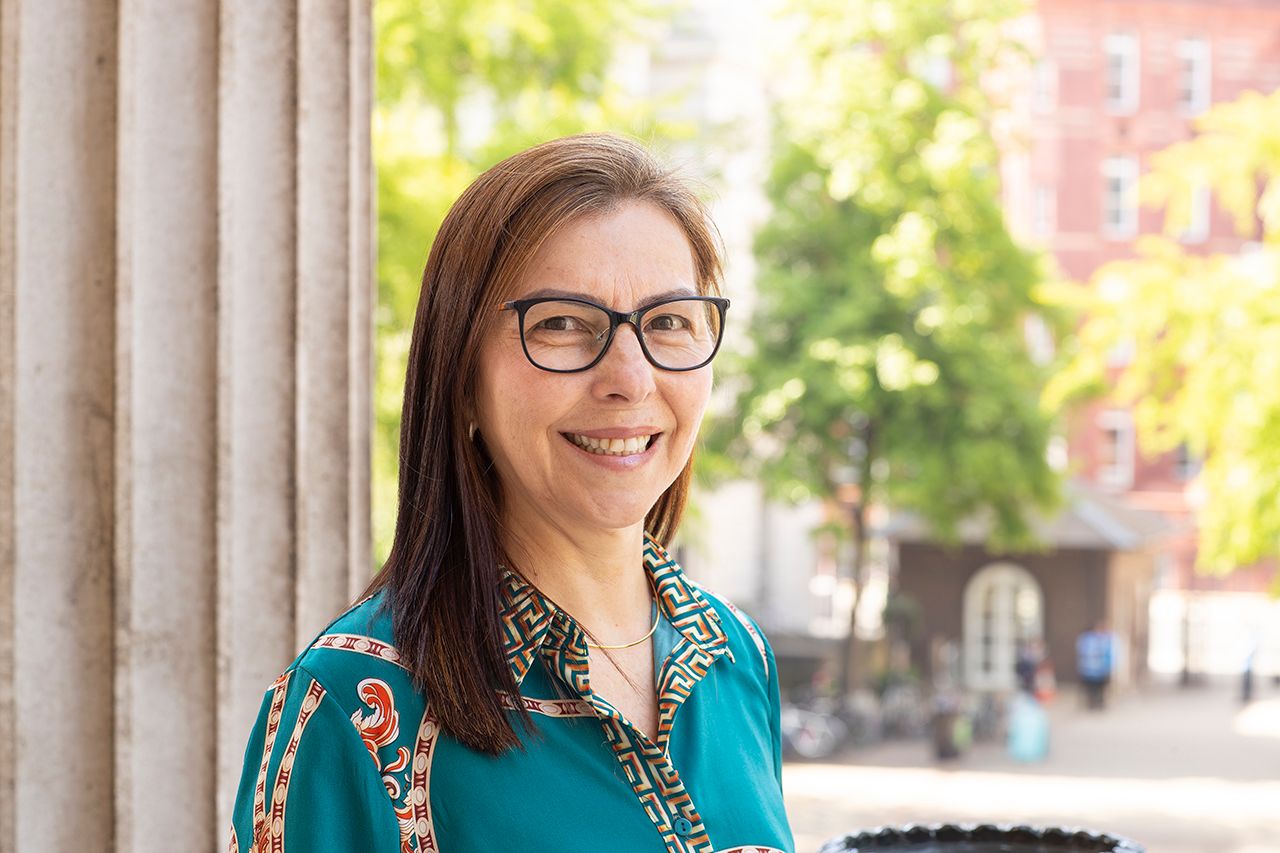Latest updates
New IWA Young Water Professionals Chapter in Brazil
A Milestone Moment: The first IWA LeaP leadership programme retreat wraps up
IWA NGSS Bangkok workshop sparks sanitation innovation and collaboration
More news stories here
Delivering lasting impact
Empowering voices,
driving global change
140
Countries
IWA has members in more than 140 countries worldwide.
10,000+
Global Members
A worldwide network of water professionals working towards a water wise world.
30+
Events
IWA organises and supports conferences and events around the world each year.
What we do
Advancing knowledge, leadership, and networking for a sustainable, water-wise future.
From research and policy to technology and action, IWA brings the global water community together to explore solutions to the world’s most pressing water challenges. Discover what we do.
Connect, collaborate, & drive impact at IWA events
Engage with policymakers, researchers, and industry leaders at world-class events that shape the future of water governance and technology.
Water and Development Congress & Exhibition 2025
The Water and Development Congress & Exhibition 2025 will take place in Bangkok, Thailand from 8-12 December 2025. It builds on the resounding success of the 2023 edition in Kigali, Rwanda, which was a landmark event for water, sanitation, and climate resilience in low- and middle-income countries.

Enhance your skills with IWA’s global learning platform
Stay ahead in the ever-evolving water sector with expert-led courses and webinars, training, and networking—designed for every stage of your career.
Treasure Chest : IWA’s Knowledge Repository
Access IWA’s comprehensive digital knowledge hub, featuring thousands of high-quality research papers, presentations, articles, and videos curated from global events, expert publications, and leading voices in the water sector.

Reduce, reuse and replenish for a water wise world
IWA’s portfolio of strategic programmes and initiatives drives change agendas on key themes essential for a water-wise world, fostering innovation, collaboration, and impact.
Water-wise cities through integrated planning and design
IWA empowers cities to manage water sustainably, fostering resilience, innovation, and liveability through the Principles for Water-Wise Cities framework.

Take action
Join IWA – where knowledge,
collaboration & impact connect
Explore three tailored membership options—Individual, Corporate, and University—designed to connect you with world-class expertise, networks, and opportunities.
Individual
As an individual member, learn global and local world-class best practices, develop your skills, network, and be recognised as a leading water professional. You can choose to participate in specialist groups and be in the forefront of leading-edge developments.
University
Enable your university or professional institution to share, benchmark and raise awareness of the research of your academics, engineers and scientists with leading water organisations, governments and businesses.
Corporate
Corporate membership helps enable your organisation to deliver world class water solutions, by enhancing your staff’s water expertise, facilitating professional development, and offering opportunities to develop your brand in the industry.
IWA real voices, real
experiences, and real impact


Subscribe to our newsletters
IWA and sector updates
to your inbox
Follow us